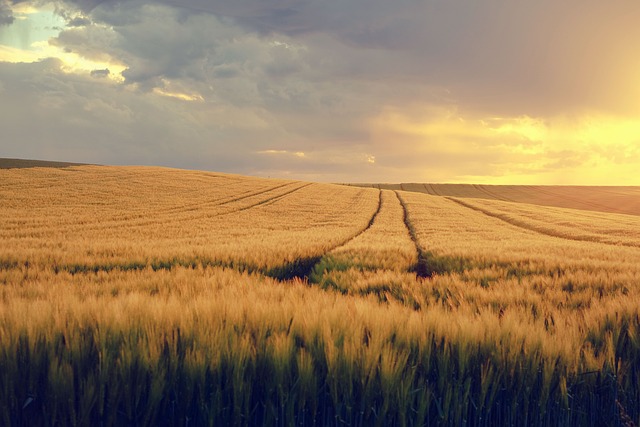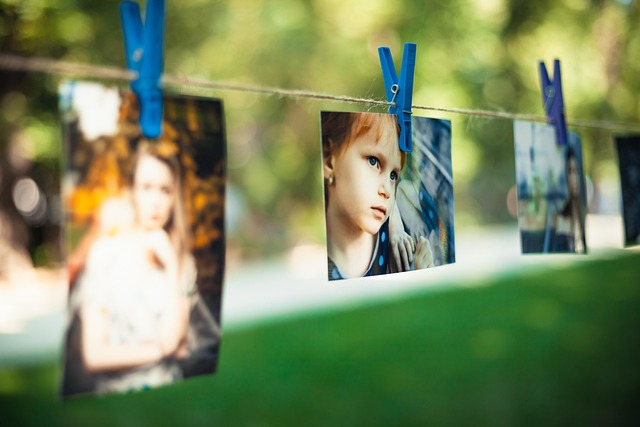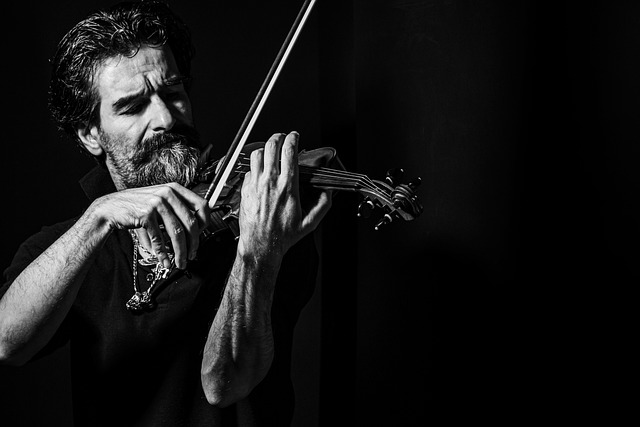Exploring the Intricacies of Image Encoding: A Fine Arts Perspective on Culture and Art in Photography
In the realm of photography, the phrase “image encoding” often evokes a sense of technicality, a language of pixels and data compression. However, when we take a step back and view it through the lens of fine arts, we can uncover rich layers of meaning that resonate with culture and artistic expression. Photography, in its essence, serves as a bridge connecting visual artistry with emotional depth, and understanding image encoding can enhance our appreciation of its role in this interplay.
The Intersection of Technology and Art
When we capture a moment—be it a breathtaking landscape, a candid expression, or an intimate portrait—we are, in essence, encoding our perception of the world. Each photograph is not merely a collection of pixels; it is a narrative woven into the fabric of culture, representing the artist’s unique perspective. Image encoding mechanisms such as JPEG, PNG, or TIFF specify how those moments are digitally preserved, influencing the final portrayal of emotion and artistry.
The Cultural Significance of Image Encoding
As photographers, we become cultural narrators, encoding stories through our art. Each choice we make in the encoding process can be seen as a reflection of the values, aesthetics, and identities of the society we belong to. Consider the difference between a high-resolution TIFF image full of detail and a compressed JPEG image. The former may allow for nuanced expression in fine art photography, capturing intricate textures and colors that evoke specific emotions. In contrast, the latter, while practical for sharing online, often sacrifices artistic depth, illustrating how technology shapes our cultural conversations.
Artistry in Image Encoding Choices
Artists today navigate a vast spectrum of choices when encoding images, merging the technical with creative intuition. The manipulation of brightness, contrast, and saturation in post-processing is akin to the brushstrokes on a canvas, allowing artists to encode their feelings about a subject into the final work. Moreover, the rise of digital platforms has shifted how we perceive images, marking a transformation in how cultural narratives are crafted and shared. Each shared image contributes to the collective memory and cultural identity, sparking dialogues that continue to shape our understanding of the world.
Photography as a Cultural Archive
Photography acts as a powerful tool for cultural preservation. The act of encoding images means that we are documenting not just moments but entire ways of life. Think of renowned photographers like Dorothea Lange, whose poignant works during the Great Depression provide insight into an era and its struggles. Her decision to encode raw emotion and stark reality into each photograph has created an important visual history that continues to resonate today. The way we choose to encode such images—whether through color grading, composition, or format—speaks volumes about our cultural context and artistic intent.
Embracing the Art of Image Encoding
In exploring the intricacies of image encoding, we find a vibrant intersection of technology, art, and cultural expression. It serves as a reminder that behind every photograph lies a deeper story waiting to be unraveled. As we continue to evolve in the digital age, let’s embrace the complexity of image encoding, recognizing it as a fundamental component not just of photography, but of our collective artistic journey. Let us celebrate how this interplay enriches our understanding of culture, artistry, and the very essence of the moments we choose to encapsulate.




